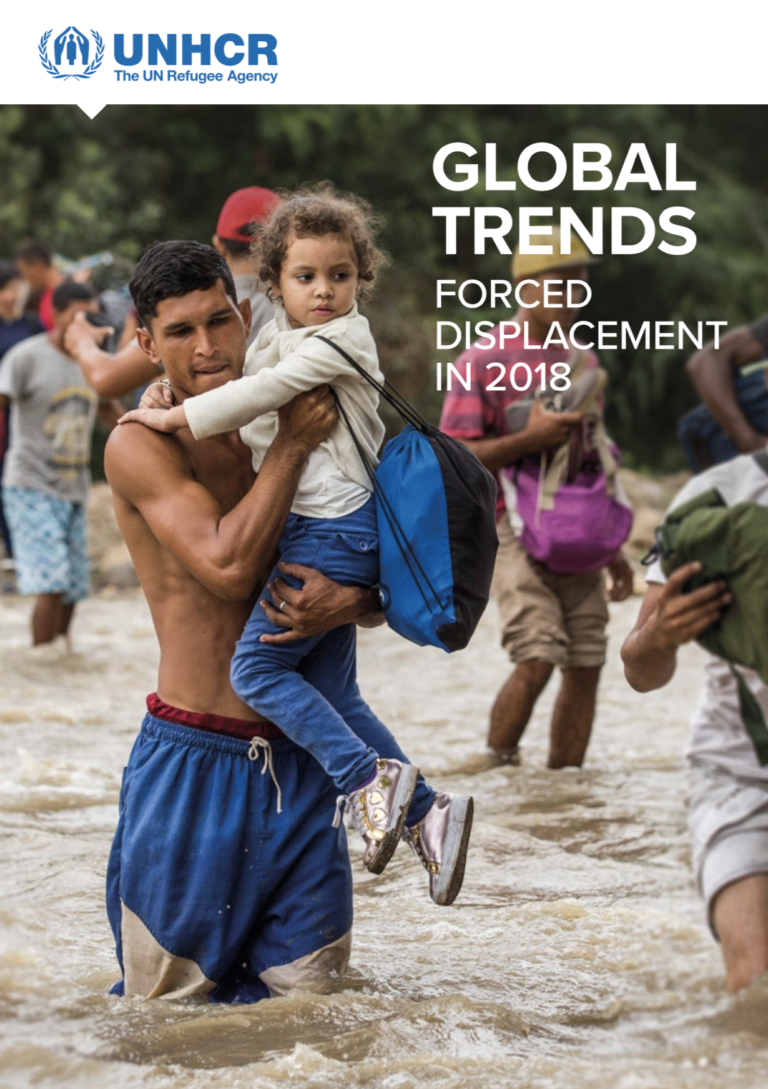The global population of forcibly displaced increased by 2.3 million people in 2018. By the end of the year, almost 70.8 million individuals were forcibly displaced worldwide as a result of persecution, conflict, violence, or human rights violations. As a result, the world’s forcibly displaced population remained yet again at a record high.
This Global Trends report analyses statistical trends and changes in global displacement from January to December 2018 in populations for whom UNHCR has been entrusted with a responsibility by the international community, including refugees, asylum-seekers, returnees, stateless people and conflict-affected internally displaced people.

